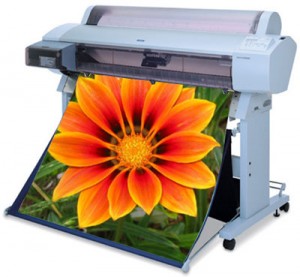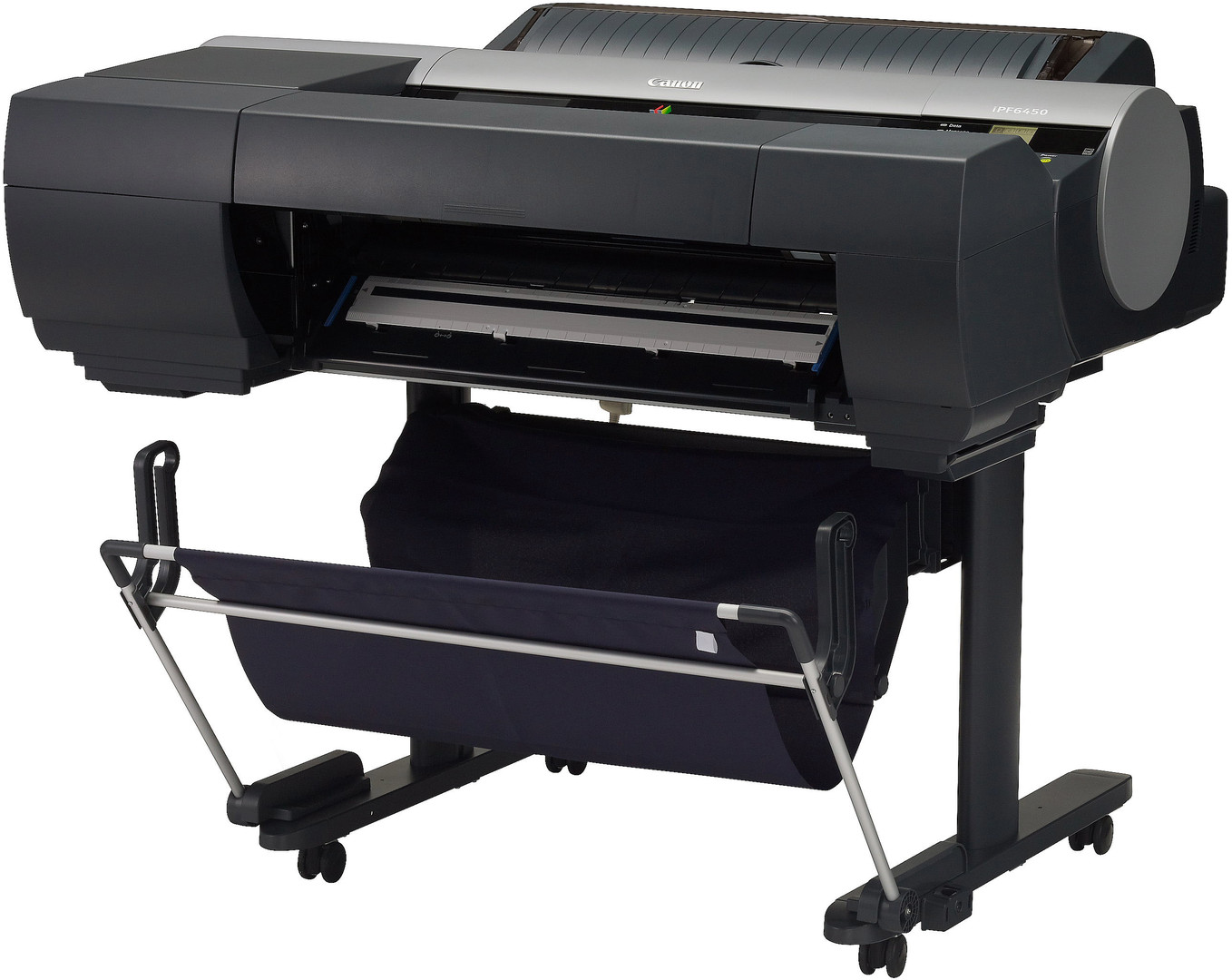Do you work in graphic design? Ever heard of the term Giclée Printing? Chances are you have, without paying too much attention to its meaning. Read on to learn what it’s all about…
Giclée printing is a way of creating high quality prints. It comes from the French word ‘la giclée’ which means something which is squirted or sprayed. It is a type of inkjet printing, intending to produce work with a longer lifespan and a higher quality than a standard desktop inkjet printout. It is used for reproducing original artwork, maps, historical documents, and photographs. For a piece of work to be considered a giclée print, some basic requirements must be met: 
1. High Quality Paper Must be Used You will need special professional series paper of archival quality. This paper is acid free and made from a 100% cotton or rag base. It is obviously more expensive than regular printing paper, so make sure to do adequate research on any paper you’re considering buying to make sure it will do the job you’re intending in the best possible way. Common types of print substrates include canvas, watercolor, matte, metallic, and photo paper.
2. High Quality Ink and Printer Must be Used This is a special light-fast ink which should be kept out of the sun. Printouts from this ink will usually last up to 200 years with minimal fading. They are used in special large format printers intended for this purpose. These printers usually hold various ink colors. The more colors the better the quality of the printout.
3. There Must be a High Document Resolution Your giclée printout will have the highest apparent resolution that is available today. It has to be a minimum of 300 dpi and could be as high as 1800 dpi, creating an extremely smooth, consistent image. It will need to be able to capture every tiny nuance of an original piece of work, with exact precision.
When produced in the right way, and with correct care, a giclée production should be able to stick around for at least up to 100 years. But take care never to rub your work and not to use water or any kind of cleaning chemical on any side of the paper so that it will last that long!
You can also visit our blog post Spotlight on Canon imagePROGRAF Printers to learn more about large format printing.

